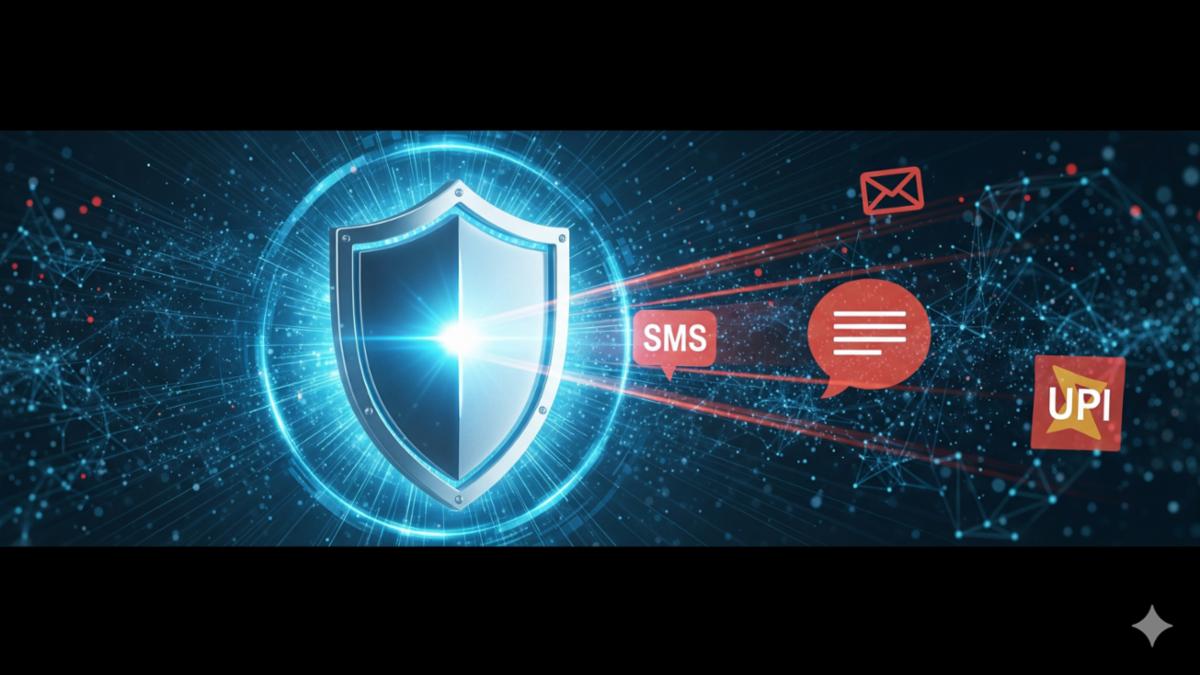Article Body
Navigating the Digital Minefield: Essential Cybersecurity for Every Indian User
New Delhi – As India rapidly digitizes, embracing online payments, digital services, and a connected lifestyle, a darker side of this convenience is also growing: cybercrime. From sophisticated phishing attacks to simple but effective OTP frauds, Indian internet users are increasingly becoming targets for digital con artists. Understanding the threats and knowing how to protect oneself has never been more crucial.
Recent reports from the National Crime Records Bureau (NCRB) highlight a significant surge in cybercrime cases across India, with financial frauds making up a large proportion. The sheer volume of online transactions, especially through platforms like UPI, has unfortunately created fertile ground for fraudsters.

The Most Common Cyber Frauds Targeting Indians
Cybercriminals are constantly evolving their tactics, but several types of fraud consistently top the list in India:
-
OTP (One Time Password) Scams: This remains one of the most prevalent. Fraudsters impersonate bank officials, customer service representatives, or even government agencies, asking victims for their OTPs under false pretenses (e.g., "to verify your account," "to update your KYC," or "to receive a refund"). Once the OTP is shared, unauthorized transactions are quickly made.
-
Phishing and Smishing: This involves tricking users into revealing sensitive information.
-
Phishing: Fraudulent emails designed to look like they're from legitimate sources (banks, e-commerce sites, government) containing malicious links that lead to fake login pages or download malware.
-
Smishing: The SMS equivalent of phishing, where malicious links or requests for information are sent via text messages. These often promise lottery winnings, job offers, or urgent account updates.
-
-
UPI fraud: The ease of UPI transactions has made it a prime target. Fraudsters often send "collect requests" with deceptive descriptions, tricking users into approving payments instead of receiving money. They may also impersonate customers/sellers on classified sites, asking for "advances" or "booking fees" via fake UPI payment screens.
-
Social Engineering Scams: These rely on manipulating victims psychologically. This includes fake customer support calls, imposter scams (e.g., someone pretending to be from your bank or a government agency), and romance scams where fraudsters build emotional relationships to extort money.
-
Job Scams: Fraudsters advertise fake high-paying jobs, asking for "processing fees," "training costs," or "security deposits."
Your Digital Shield: Essential Tips for End-Users
Protecting yourself in the digital age requires vigilance and adherence to a few fundamental practices:
-
Never Share Your OTP: This is the golden rule. No bank, financial institution, or legitimate service provider will ever ask you for your OTP over the phone, SMS, or email. An OTP is for authorizing a transaction, not receiving money or updating details.
-
Be Skeptical of Unsolicited Communication: Treat unexpected calls, emails, or SMS messages with extreme caution. Verify the sender's identity independently before clicking links or sharing information. If it's a bank, call their official customer service number listed on their website.
-
Check for 'HTTPS' and Padlock Icon: When making online payments or logging into secure sites, always ensure the website address begins with
https://and displays a padlock icon in the browser's address bar. This indicates a secure connection. -
Use Strong, Unique Passwords: Create complex passwords using a mix of upper and lower case letters, numbers, and symbols for each of your important accounts. Consider using a password manager.
-
Enable Two-Factor Authentication (2FA): Wherever possible, activate 2FA for your bank accounts, email, and social media. This adds an extra layer of security, usually requiring a code from your phone in addition to your password.
-
Regularly Update Software and Apps: Keep your operating system, web browser, antivirus software, and all apps updated. Updates often include critical security patches that protect against new vulnerabilities.
-
Be Wary of Public Wi-Fi: Avoid conducting sensitive transactions (like banking or online shopping) on unsecured public Wi-Fi networks. If you must, use a Virtual Private Network (VPN).
-
Educate Yourself: Stay informed about the latest cyber fraud trends. Follow legitimate news sources and cybersecurity alerts.
The digital landscape offers incredible convenience, but it also demands a heightened sense of awareness. By understanding the common threats and adopting robust cybersecurity habits, every Indian user can significantly reduce their risk of falling victim to cyber fraud and ensure a safer, more secure digital future.
Comments